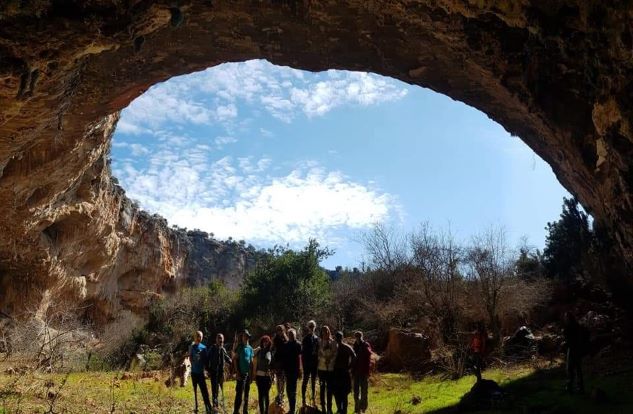Silifke is a district that stands out with its historical values and natural beauties, taking its name from the general Selefkos, who ruled Anatolia after the death of Alexander the Great. Silifke is the richest district of Mersin in terms of places to visit.
Heaven and Hell Sinkholes: Here should be the first place in the list of places to visit in Silifke. They are sinkholes formed by the erosion of the groundwater of the calcareous land and the collapse of its ceiling. Hell is a 120-meter-deep pit that cannot be descended and can be viewed from the glass terrace. Heaven, on the other hand, is a pit that can be descended with 452 steps, but makes you forget the trouble of the road in front of the view. The Church of the Virgin Mary, which dates back to the 5th century, in the middle of the Heaven sinkhole, also makes the view more original. It can also be reached by panoramic elevator. The entrance fee to the potholes is 45 TL. Museum card is valid.
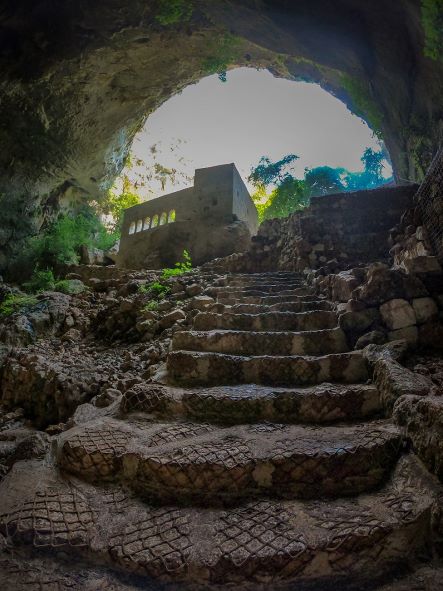
Asthma Cave: A spiral metal staircase leads down to the cave, which was believed to be good for asthma for centuries. The stalactites and column formations are impressive. The lighting, which consists of lights of different colors, is also very successful and gives a different atmosphere to the shapes. It is also called the cave of wishes, because the trees around the cave are tied with cloth and a wish is made. The entrance fee is 45 TL. Museum card is valid. It is also possible to enter here with the ticket purchased for the Heaven and Hell Sinkholes.
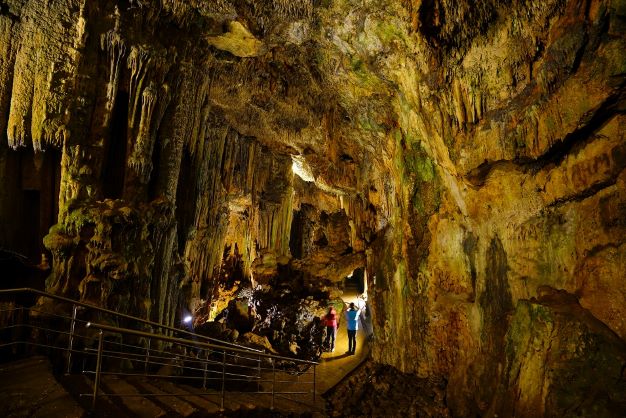
Narlıkuyu Museum and the Üç Güzeller Mosaic: Üç Güzeller Mosaic is the most important work to be seen in the museum, which was built on a 4th century Roman bath in Narlıkuyu. Depicted on the mosaic are Aglaia, Euphrosyne and Thalia, daughters of the chief god Zeus. These 3 beautiful figures depicted dancing among the doves and partridges represent brilliance, joy and beauty, and the energy of plants. The entrance fee is 12.5 TL and the museum card is valid.
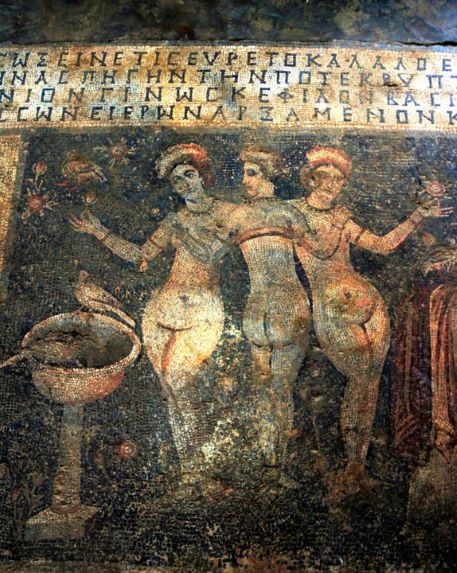
Uzuncaburç: Taking its name from the high tower from the Hellenistic period, Uzuncaburç is the most important ancient city of Mersin. While it was a religious area at an altitude of 1200 meters from the sea, it became an independent city with the authority to mint money in time. The works that must be seen here are the 36-columned Zeus temple, which remained from the Hellenistic period and was converted into a church during the Byzantine period, and the theater with a capacity of 3000 people, which can be considered very large for that period. The rock tombs and the temple of chance are among the other must-see works. The best time to go to Uzuncaburç is in the afternoon, when the sunlight comes horizontally and emphasizes the details in the works. The entrance fee is 12.5 TL and the museum card is valid.
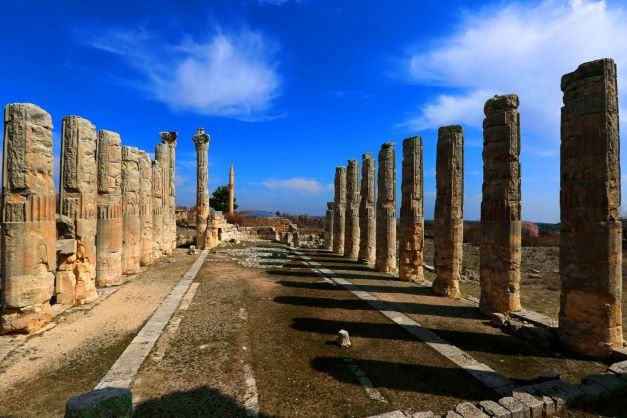
Adamkayalar: (man-rocks) It is a place consisting of reliefs and figures made on the slopes of the Şeytan Deresi Canyon. In terms of size, craftsmanship and story, it is an archeological value that is rarely seen all over the world. It is thought that the people depicted on the reliefs represent the kings and queens of the Ancient State of Olba and the purpose of the construction was to commemorate the dead. There are 19 figures in 9 niches (cavities) in Adamkayalar. Admission to Adamkayalar is free.
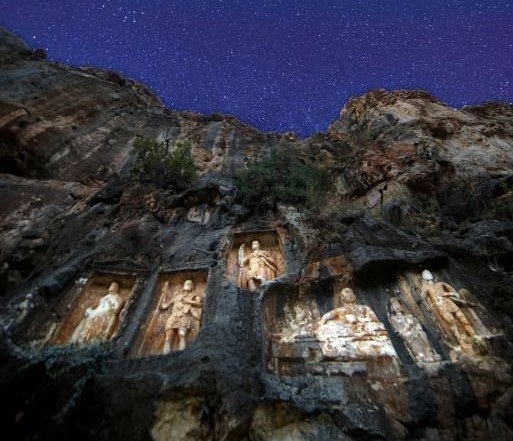
Aya Thekla: It is believed that Saint Tekla, who settled in a cave in Silifke to spread Christianity and healed people. She miraculously escaped from those who came to kill her. After the disappearance of Aya Tekla, this cave gained importance and was used as a secret church by Christians. With the liberation of Christianity in the territory of the Roman Empire, a basilica was built over the cave. This structure, which is one of the oldest centers of Christianity, has been a place of pilgrimage for a long time. Admission to Aya Tekla is free.
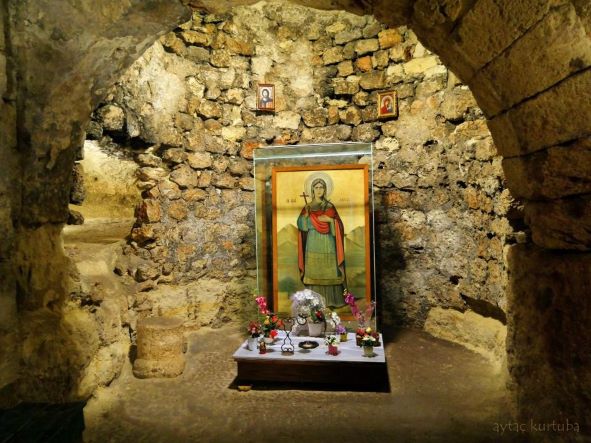
Silifke Museum: Artifacts unearthed around Silifke, which is very rich in terms of historical values, are exhibited here. Located in a 2-storey building, the museum includes the Archaeological Artifacts Hall, the Stone Artifacts Hall, the Coins and Jewelry Hall, and the Ethnographic Artifacts Hall. The entrance fee to the museum is 12.5 TL. Museum card is valid.

Silifke Castle: is a castle located on a 185 meters high hill overlooking Silifke District. An important feature of the castle is that it was used not only for military purposes but also as a settlement. In this way, the cisterns and the sewage system inside the city walls are in a very good condition compared to the period. The cut stones used in the construction of the castle are among the successful examples of the craftsmanship in this area. Walls made of limestone attract attention with their durability. It will be a pleasant experience to watch the Silifke and Göksu river views from the hill where the restoration works are still in progress.
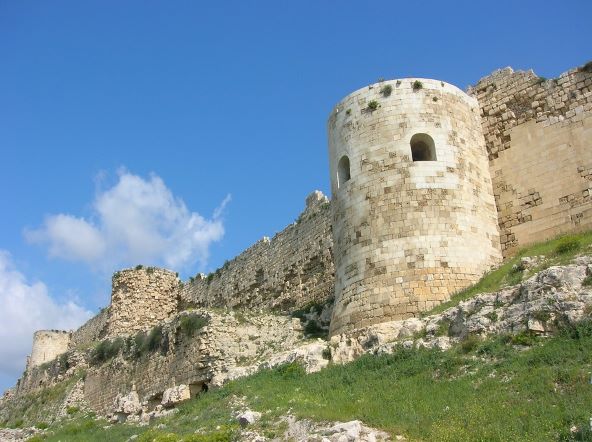
Göksu Delta: It is one of the few migration routes in the world, is an important place that provides the opportunity for living, breeding, feeding and accommodation of rare and endangered bird species. It is heavily visited by bird and wildlife watchers.
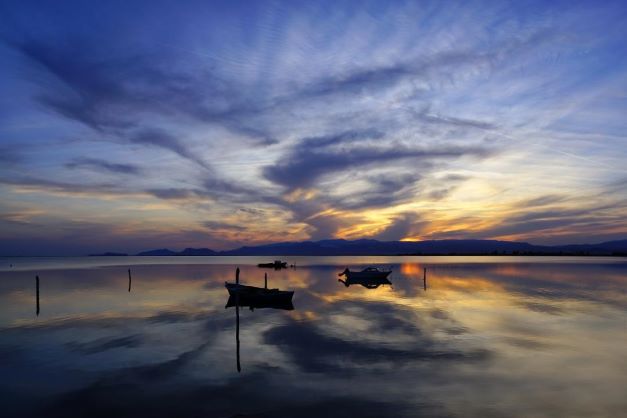
Cambazlı Church: It was built in the 5th century during the Byzantine period. The church is a magnificent structure that is 29 meters long, 22 meters wide and consists of 3 naves. It has been very well preserved until today. Although the roof has collapsed, the dome and columns of the apse are quite solid. There is a cistern in the courtyard of the church. Entrance is free.
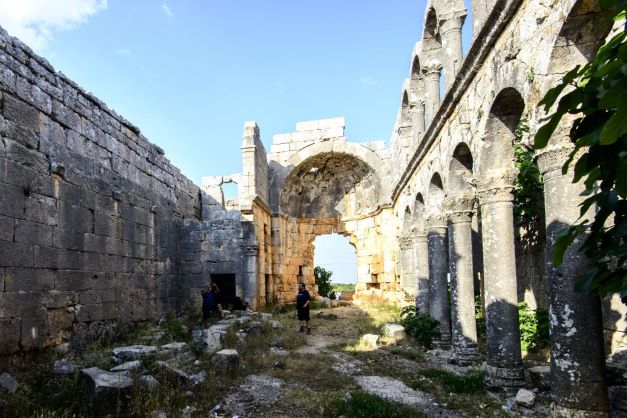
Olba Ancient City: It is the city that was the capital of the Olba Kingdom, which ruled in antiquity. Like many settlements in ancient times, the city has an acropolis (fortress for protection). The most important artifacts still standing from the Ancient City of Olba are the ancient fountain from the Roman Empire period and the aqueducts that bring water to the city from the Lamas River. “The City of People From Olba” is written on the aqueduct. Entrance is 12.5 TL, museum card is valid.
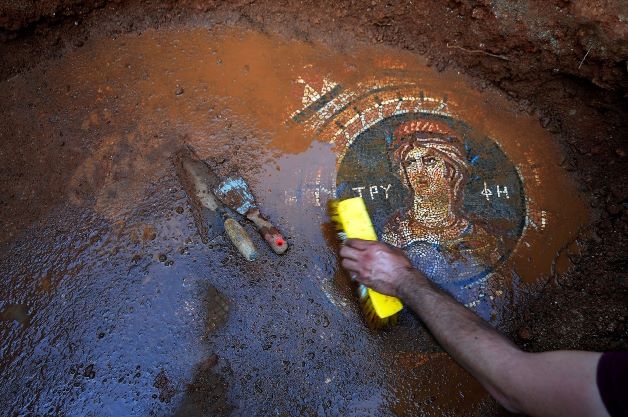
Aphrodisias Ancient City – Tisan: The Ovacık Peninsula, is referred to as Cilicia Aphrodisias in the archaeological literature. The most important work of the ancient city, St. Pantaleon Church, AD IV. It is centuries old. The entire floor of the church is covered with mosaics decorated with geometric shapes, plant and bird motifs and is in very good condition. In addition to its historical feature, the Tisan Peninsula has come to the fore with its natural beauty in recent years. The two bays to the east and west of Tisan, which is in the isthmus, are fascinating with their cleanliness and clarity. It is one of the most important stops of boat tours departing from Taşucu.
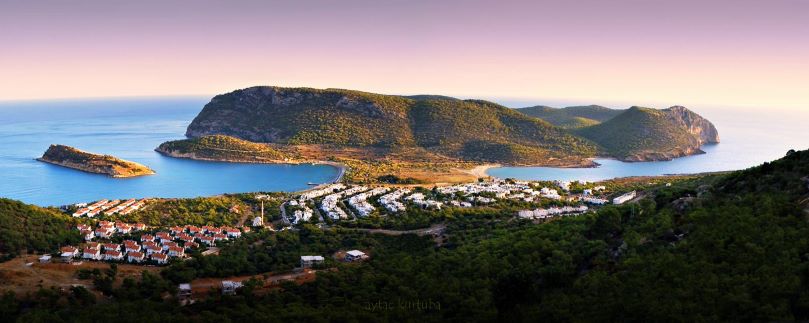
Aşağı Dünya Sinkhole: It is a sinkhole that has come to the fore in Silifke recently and has been newly introduced to tourism. It is possible to go down to the bottom of the pothole, which also has historical artifacts around it. The view where the mouth of the pothole appears as a circle after descending to the floor is very impressive.
